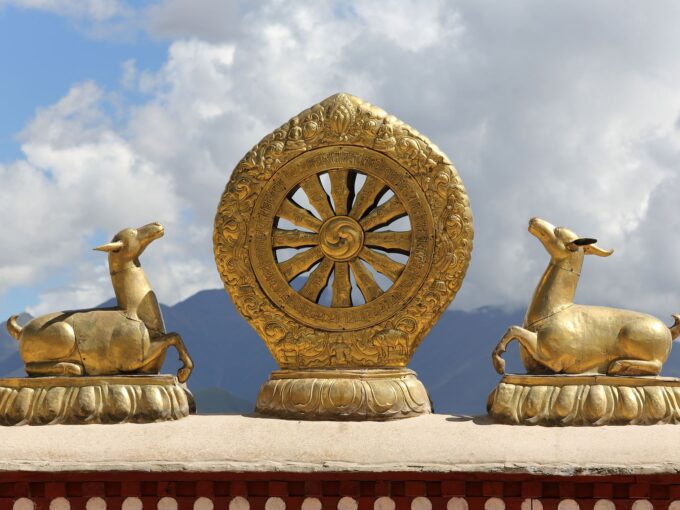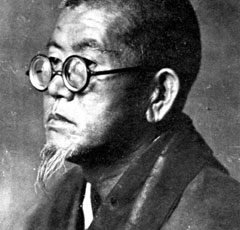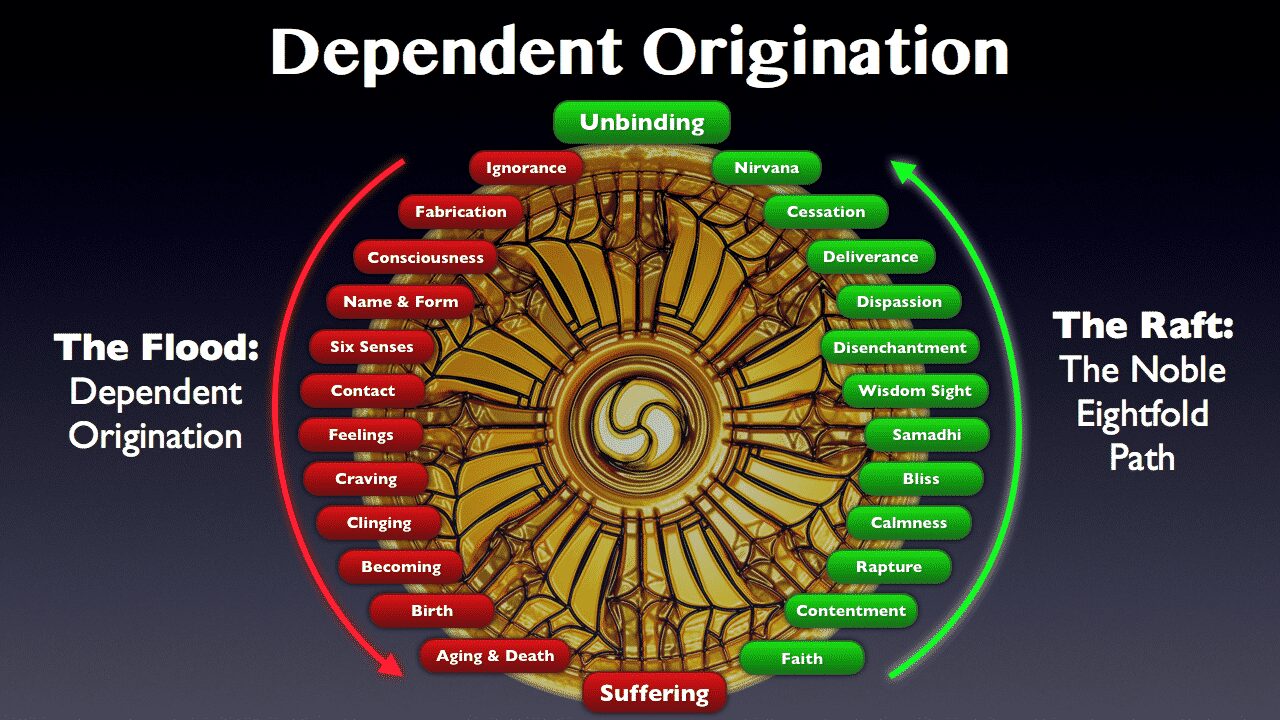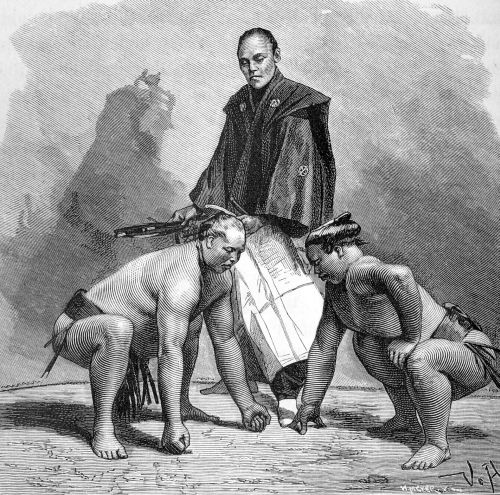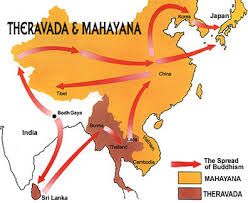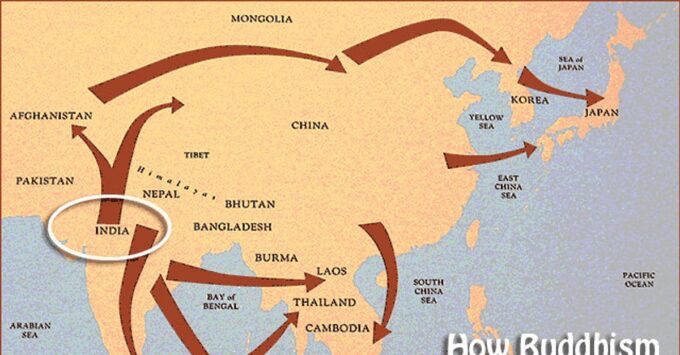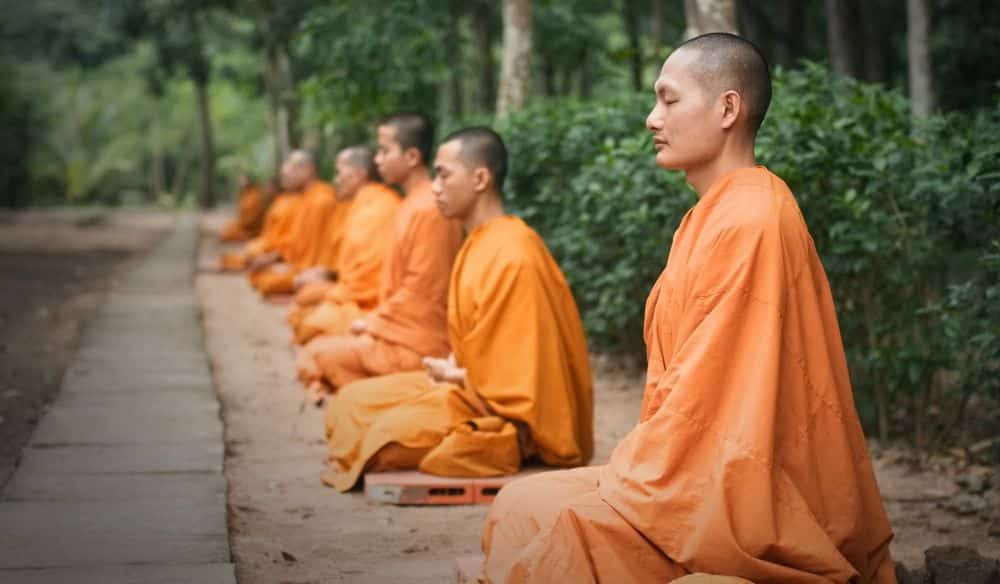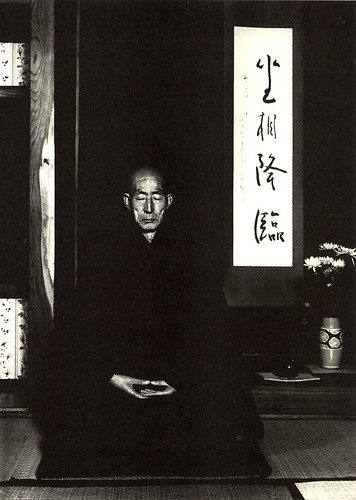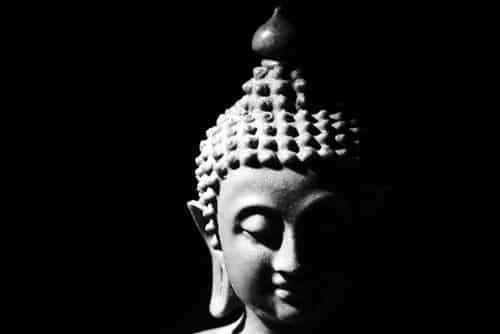Category: Resources
AUM or OM (in Devanagari ॐ) is one of the most sacred symbols in Hinduism. In Sanskrit known as praṇava (प्रणव) lit. “to sound out loudly” or oṃkāra (ओंकार) lit. “oṃ syllable”) Hindus consider AUM …
Cakkavattisihanāda Sutta is also known as The Discourse on the Lion-roar of the Wheel-turner. This Sutra is an important early discourse (number 26 in the Dīgha Nikāya) and it …
The principle of dependent origination— paṭicca-samuppāda — is a defining characteristic of Buddhist philosophy. Paṭicca-samuppāda explains the core statement of the Buddha, that the causes of sorrow and the causes …
In the early days of the Meiji era there lived a well-known wrestler called O-nami, Great Waves. O-nami was immensely strong and knew the art of wrestling. In his …
Buddhism is one of the oldest religions of the world. Buddhism is practiced by a large number of people in many parts of the world, particularly in the South …
Dzogchen is an ancient spiritual teaching developed in Tibet within the Tibetan Buddhist tradition. It does not belong to a school or religious system. Dzogchen is a set of …
In the early centuries of Buddhism in Asia, Zen monks were primarily homeless wanderers, living a mindful, ascetic life, dedicated to maintaining and passing on the teachings. One of …
The Madhyamaka school of Buddhism, the followers of which are called Madhyamikas, was one of the two principal schools of Mahāyāna Buddhism in India, the other school being the …
Here is a compelling article written by Sodo Yokoyama Roshi, also known as The Leaf Flute Zen Master (草笛禅師 Kusabue Zenji). Yokoyama was a disciple of Kodo Sawaki Roshi and …
In his first sermon in the Deer Park, Gotama tells us what dukkha means: “This is dukkha: birth is painful, aging is painful, sickness is painful, death is painful, …
